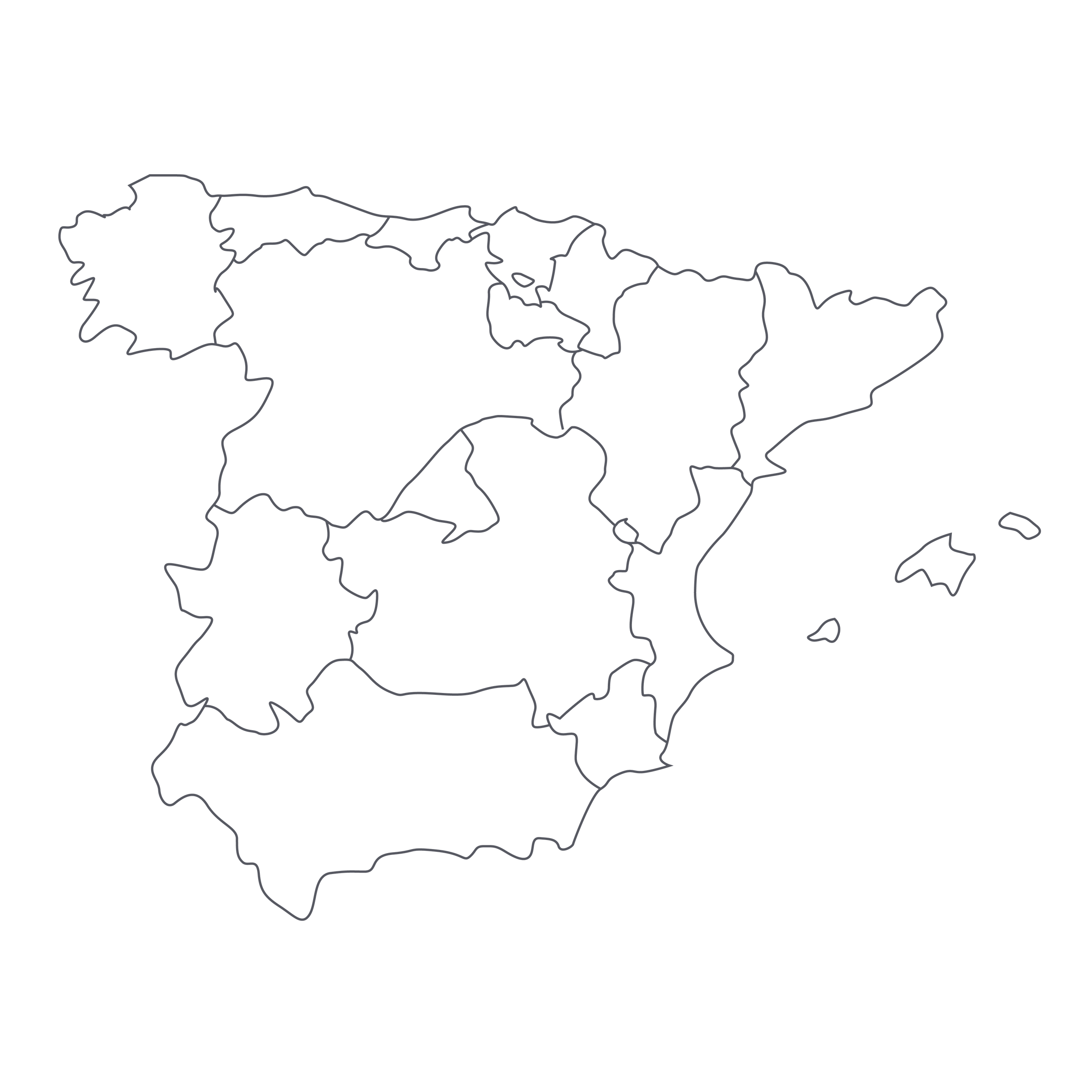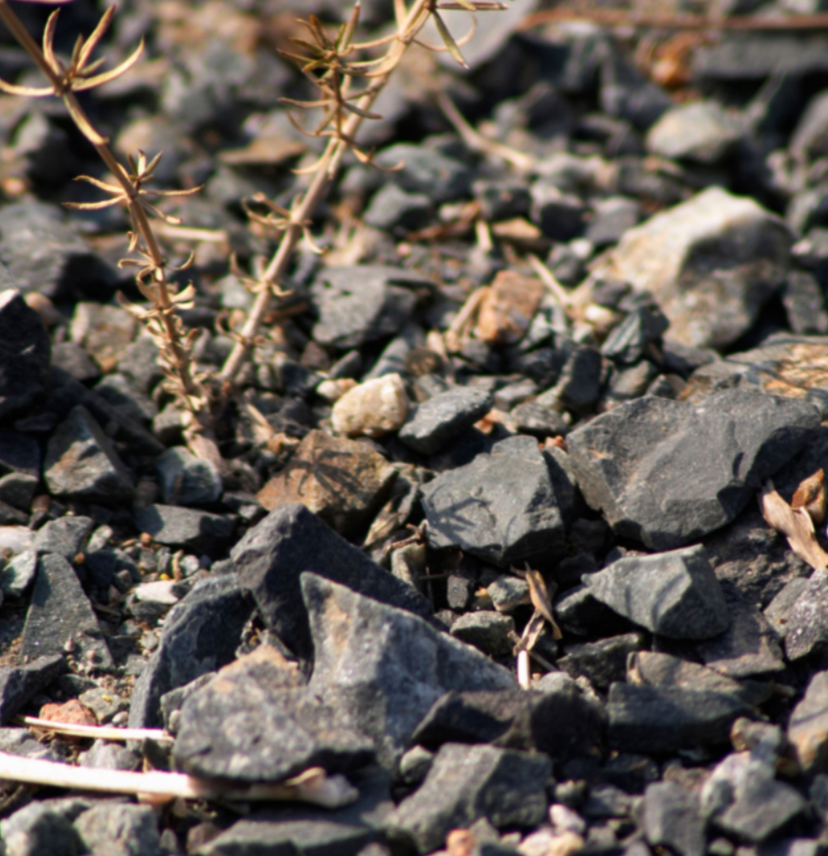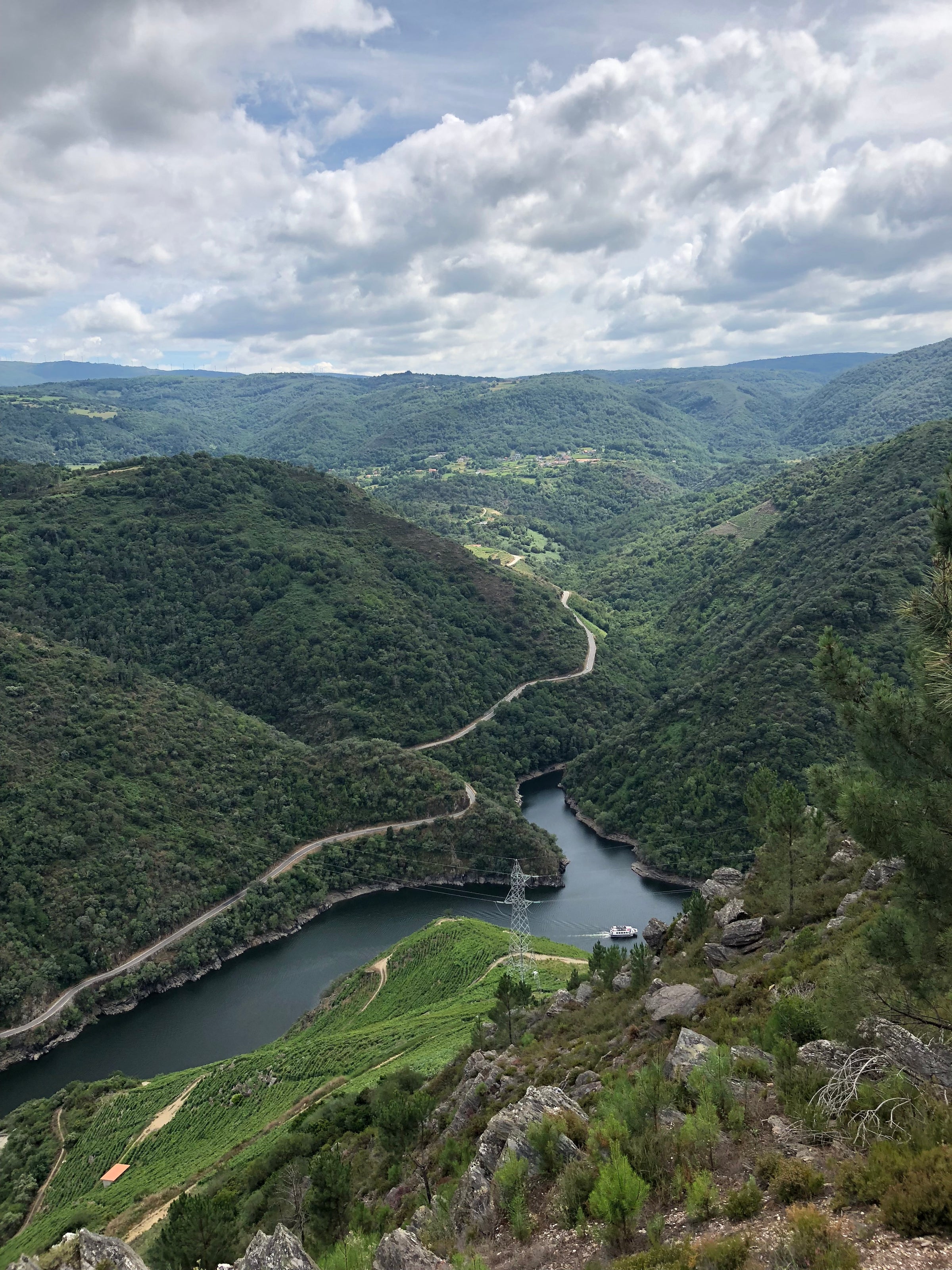It’s a delicious role reversal in Casal de Armán’s white wine from Ribeiro. We’re in the northwest of Spain, in Galicia, the verdant epicenter for freshly fruited, mineral-infused white wines. In today’s wine, the main star is Treixadura (tray-sha-DOOR-ah), a grape that we typecast as a “blending grape,” a side dish to the more popular Albariño or Godello.
A golden-green grape admired for its flesh and texture, Treixadura has so much more to offer, as we learn unequivocally from today’s mouthwatering 2016. With bold citrus notes, crunchy stones fruits, and sea-salt tang, it is reminiscent of sommeliers’ beloved Verdicchio, and it shines in Ribeiro (not to be confused with Ribera del Duero or Galicia’s other wine region, Ribeira Sacra). So, Albariño: Hop in the back seat (for now) while Casal de Armán boldly puts Treixadura up front and takes us to new invigorating heights.
What might seem “new” is actually very old, a common theme in the wine world. The Romans were an empire for a reason; they not only conquered the Italian peninsula, Greece, and France, they settled as far as Portugal and Spain, Belgium, Israel and Lebanon, into parts of Germany, the Soviet Union, Syria and Egypt (and that is the abbreviated list). Influenced by the ancient Etruscans (somewhat modern-day Tuscany) and the Greeks, the Romans believed wine was a necessity, the true democratic drink of the people. So, where the Romans went, vineyards followed. Which brings us to Ribeiro, a small wine denomination within Galicia, diagonally sandwiched between Rías Baixas to the west and Ribeira Sacra to the east. Loosely translating to “small creek” or “by the river,” Ribeiro is a series of terraced hillsides and valley floors, sketched-out by four rivers.
The González family of Casal de Armán has been making wine since the 19th century in the valley of the Avia river. Out of the four rivers, the Avia River is Ribeiro’s bloodline, carving out the most dramatic aspects and home to the region’s cutting-edge producers (like Emilio Rojo and Viña Mein). Here, the soils are granite with mixed slate, schist, and sand, providing essential drainage for the misty rains that creep in from the Atlantic. But, being a touch further inland has its perks, slightly warmer temperatures during the day weeds out some of those too grassy, too mean and lean floral tones which plague the wetter microclimates. Picked earlier than Albariño, to retain acidity, Treixadura is not a subtle grape—it bursts with mouthwatering tropical fruits and flirts with yellow into seafoam green. Officially established in the late 1990s, Casal de Armán’s mission was to recover, renovate, and revitalize the long abandoned, old-vine terraces of Ribeiro. The term for these vineyards is socalcos, a series of mini-plateaus, which from afar, looks like a leafy grand staircase. For the González family, Treixadura is their DNA, part of their inescapable history.
It’s not easy to crisscross the sharp terraces of Ribeiro with a basket of grapes mounted on your back, so we’re a little more appreciative that today’s wine is purely hand-harvested. The fruit is whole-cluster pressed, a technique that requires immense skill. The stems remain, in that they act as natural scissors, gentle piercing the grapes in order to extract the most delicate juice. The wine is fermented and raised in stainless steel tank; this oxygen-deprived environment lets Treixadura shows off its natural curves without the help of breathable oak. The addition of Godello and Albariño (5% each), perfectly increase the speed of the wine to liven up the generous, round fruit tones. An all-purpose wine glass will work just fine; serve the wine on the cooler side of white wine scale, about 45-50 degrees, and as usual for young white wines, a quick splash in a decanter first will happily disturb the wine.
In the glass, a soft yellow core melts into greens with a silver rim. The wine has moderate-plus concentration and shimmers star bright. On the nose, aromas of exotic citrus, white flowers, white peach, and all the colors of melon meet a backdrop of ginger spice, fennel, wet stone, cold mist, even flint. The weight is bracingly lush, with moderate lees contact stretching the finish from medium into a confident medium-plus. On one of my travels to Spain, I heard the joke, “Do you know where the freshest seafood in Spain is?... Answer: Galicia?... Reply: No, in Madrid, because after the fishermen catch the first seafood of the day, it gets flown to Madrid.” So, whether or not your fish arrives by foot or by plane, these wines are made for seafood! One of my favorite sea creatures is the clam, and it is a staple of Galician cooking. Follow the attached recipe and substitute the half-cup of Albariño for a half-cup of today’s wine. Make sure to have plenty of bread and extra wine on hand, and enjoy!





